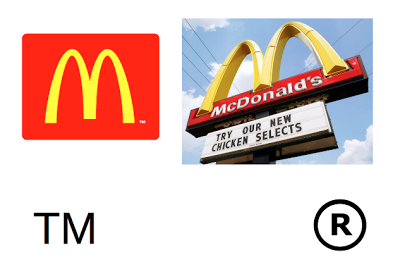LEGAL COSTS
What legal costs might you incur in setting up your business, on protecting your intellectual property, registering with Companies House ( if appropriate) or using a solicitor to look at your contracts?
RESOURCE COSTS
How much Capital expenditure in the first year?
How much will you spend on materials and goods for sale for the first 6 months ( Direct Costs)
How much will be spent on bills and overheads for the first 6 months (Indirect costs)
What are your outgoings ?
- Overhead costs
- Insurance costs
- Premises costs
- Utilities, Postage & IT costs
- Research & Development costs
- Equipment costs
- Material costs
- Maintenance costs
- Finance costs
- Professional services
- Promotional costs
What is you expected income?
- Accommodation (rent/mortgage)
- Utilities & Communications
- Insurances
- Personal Loan Repayments
- Food
- Travel
- Esteem costs
- Entertainment
- Holidays & breaks
- Savings & Pensions
- Etc…
What are your prices?
- How have you worked out your prices? State what your pricing strategy is
- How do your prices compare with your competitors?
- Identify 3 competitors and give evidence of their prices.
Total Outgoings
+ Expected Income
_____________ = Your Daily Rate
US Patent number 7966568
Registered design iPhone is a registered trademark of Apple Inc
£15 000
+ £20 000
_____________ = £150.21 per day
233 days
DON'T GET RIPPED OFF
protecting your work
What is intellectual property?
Intellectual property (IP) refers to creations of your mind:
inventions, literary and artistic works, and symbols, names, images, and designs used in commerce.
Films, games, paintings, photographs, fashion designs, typefaces and even recipes.
- Patents
- Trade marks
- Registered designs
- Copyright
PATENTS
TRADEMARKS AND LOGOS:
LOGOS:
TRADEMARKS:
REGISTERED DESIGNS:
Registered design iPhone is a registered trademark of Apple Inc
COPYRIGHT:
Art, literature, music, animation, film, games,
Automatic
Date and record your work
HOW LONG DO THEY LAST?
Patents
- max 20 years
Trademarks and Logos –
for ever –
renew every 10 years
Design Rights
Up to 25 years
Renew every 5 years
Copyright
Until 70 years after death
Fair use legislation
"To succeed in a copyright infringement action, a plaintiff must prove ownership of the copyright and copying by the defendant."
WHAT IS LICENSING?
Selling reproduction rights of your work
Controlling its exposure
License the same work for different purposes
10 points to be included in a licensing agreement?
- Parties
Your details
The licensee’s details
- The work
The details of the specific works to be licensed
- On what or in what the work will be reproduced (e.g. Posters, DVD, book)
- The countries in which the work will be reproduced / sold
- The period of the license – including the time to bring it to market (or surrender the right)
- A termination date for the agreement – usually one or two years.
- An indemnification clause to say will protect you from any lawsuits
- A cancellation agreement in the event they don’t abide by any of your terms
- Details of the payment method (e.g royalties, flat fee up front, staged payments)
- The right to audit their books (at your expense)
DESIGNERS AND ARTIST COLLECTION SOCIETY
















